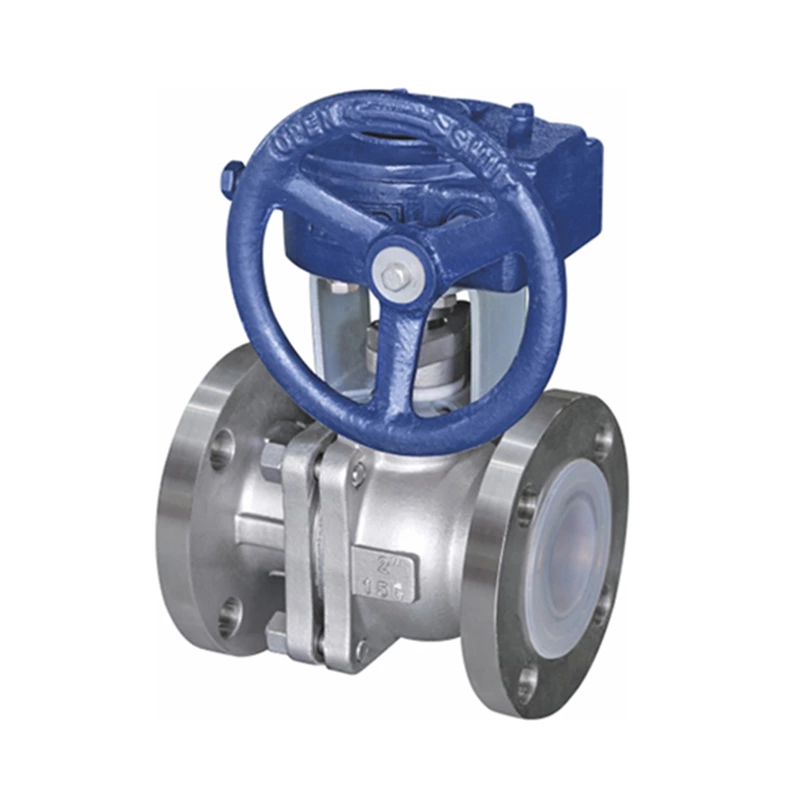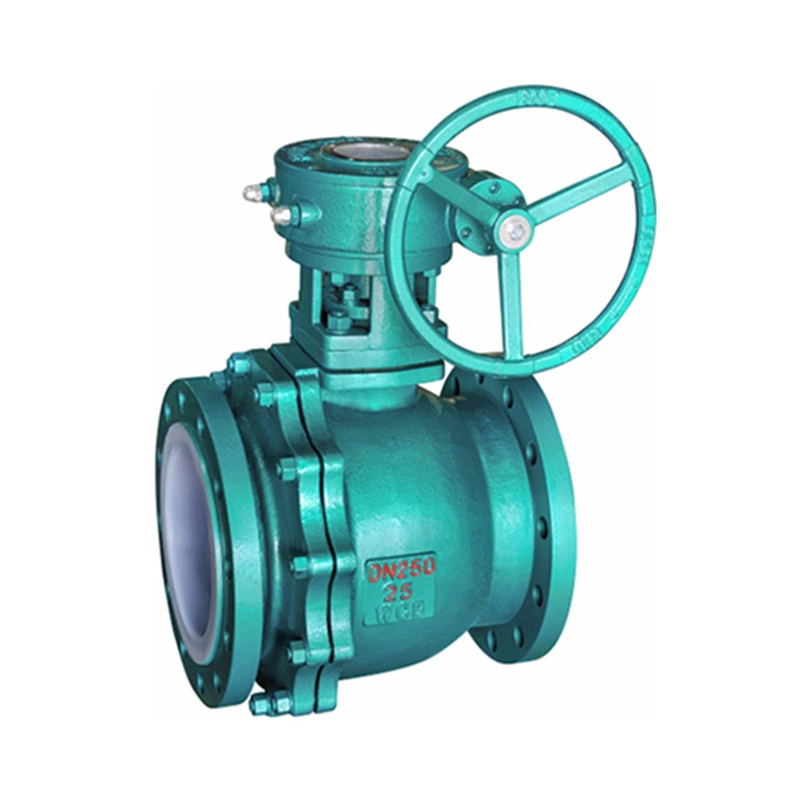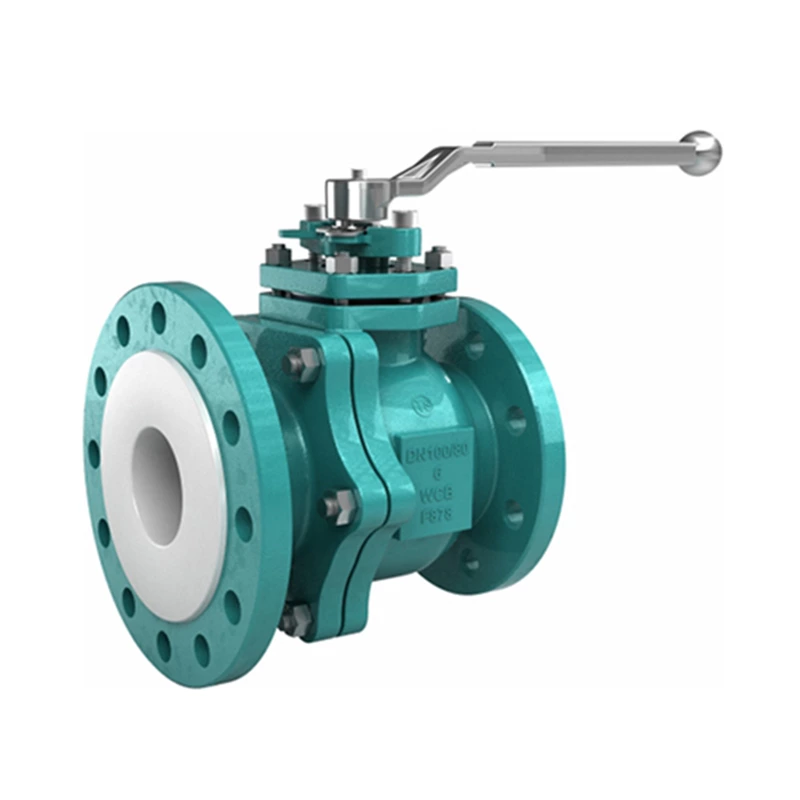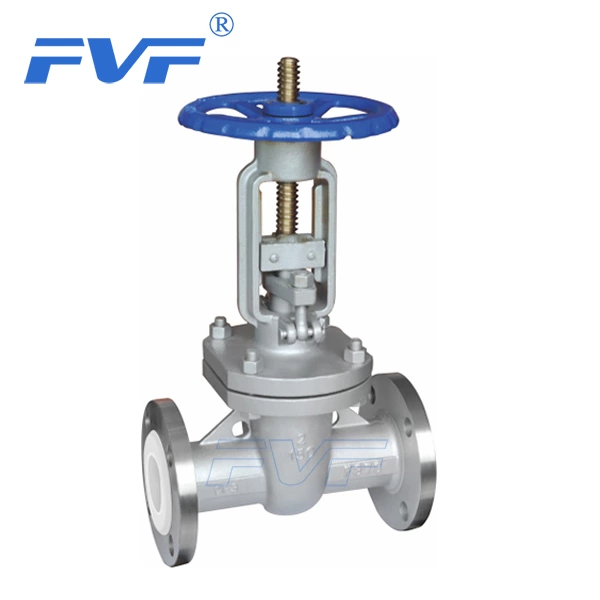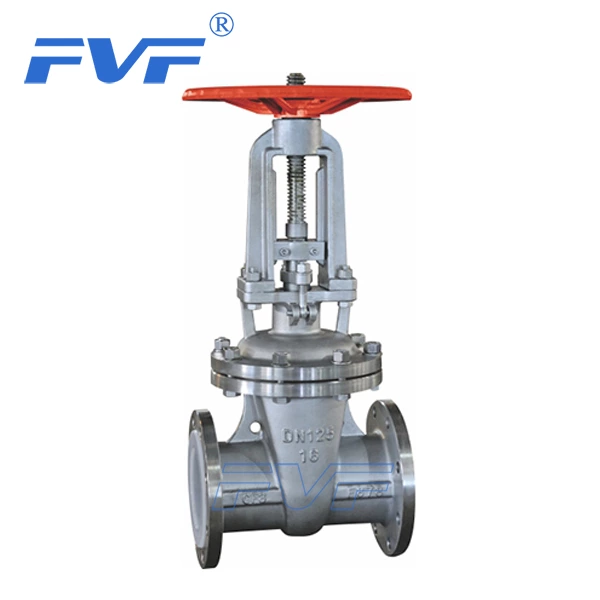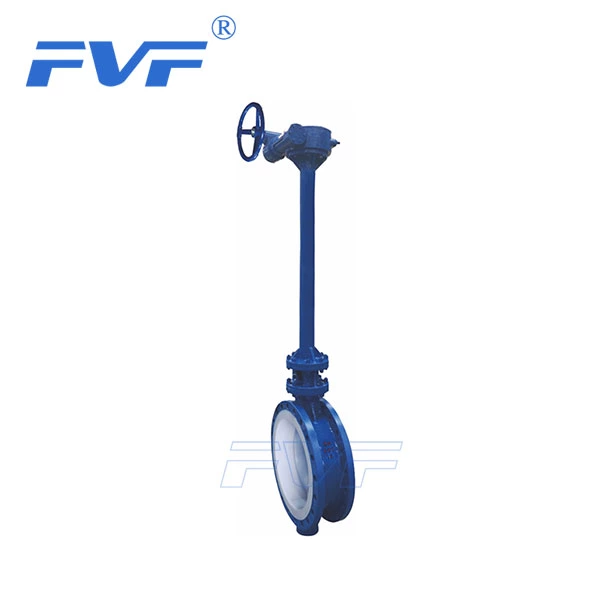How To Solve The Internal And External Leakage Of Wafer-type Fluorine-lined Butterfly Valves
Lined Butterfly Valve During the use process, problems are inevitable, such as the internal and external leakage of the wafer-type fluorine-lined butterfly valve. This phenomenon has an impact on the use of the valve itself. So how to repair and solve it? The editor will introduce it to you.
When the wafer-type fluorine-lined butterfly valve has internal leakage, you can first check the sealing surface to see if there is a problem with the sealing surface, and treat the sealing surface to see the effect. If it is an external leakage, it is easier to deal with. For leakage in the middle flange, tighten the bolts of the middle flange again. If it still doesn’t work, open it to see if the middle flange gasket is damaged. For leakage at the packing, tighten the packing gland. If the packing is too loose, add more packing. The internal leakage of the wafer-type fluorine-lined butterfly valve is generally caused by damage to the valve seat or valve core sealing surface. This can be done by grinding the valve seat or valve core sealing surface, but there is also a special case. If it is electric or pneumatic, the valve stroke may not be set properly. External leakage depends on where the leakage occurs. If the valve body leaks, the valve can only be replaced.

